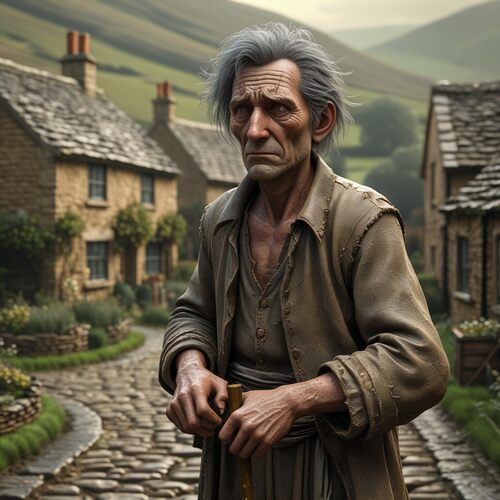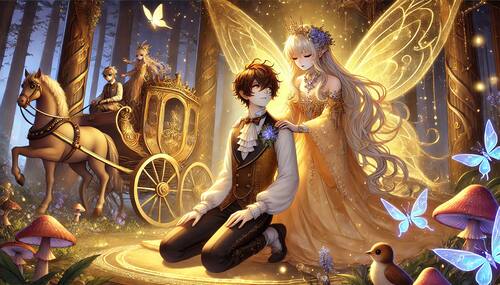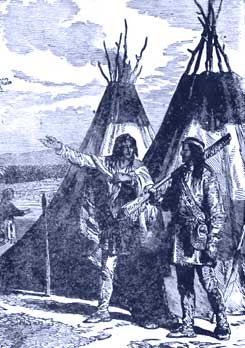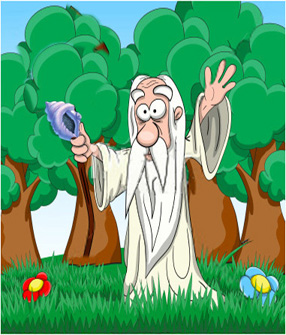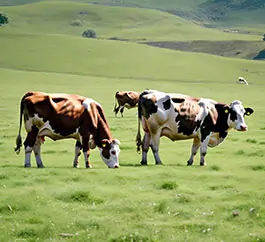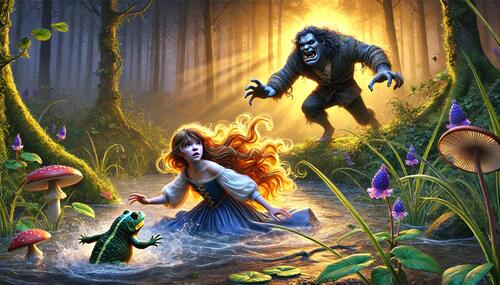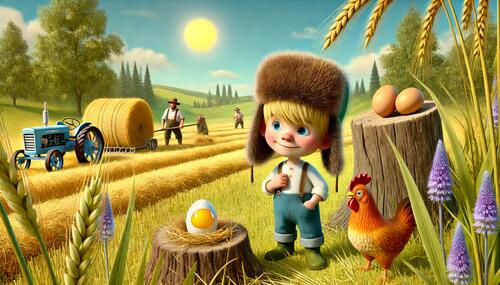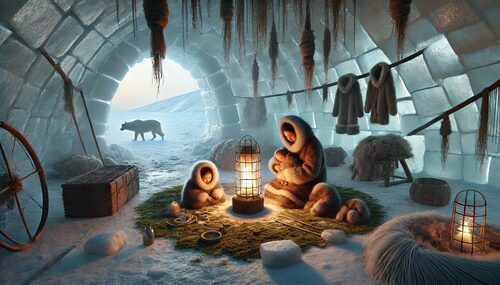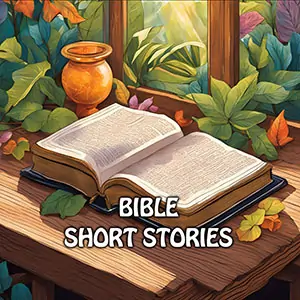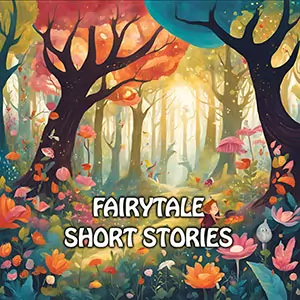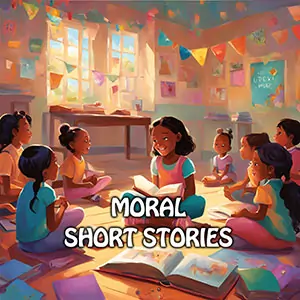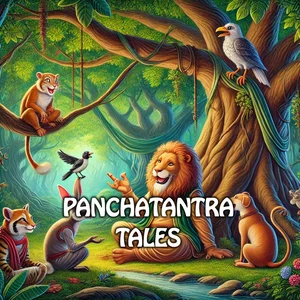Short Stories » Wild Animals from the Indian Stand-Point
Wild Animals from the Indian Stand-Point - Page 6 of 7
The others laughed heartily, but Katola said: "Ugh, you were not fair with him, for you invited him to a feast and then gave him such a fright that he would always hate and fear his brother man."
"That is true; yet at times a hunter can with propriety play a joke upon a fellow-hunter," declared old Hohay.
"It is strange that none of the other animals like the Igmu, the great cat people," remarked Sheyaka, as if he- desired to draw out Hohay, who had loosened the buffalo-robe around his loins and settled down with the evident satisfaction of one who has' spoken his mind upon a disputed question.
" Toh, they are to the others as Utes to the other Red men," he replied at once. " They are unsociable, queer people. Their speech has no charm. They are very bashful and yet dangerous, for no animal can tell what they are up to. If one sees you first, he will not give you a chance to see so much as the tip of his tail. He never makes any noise, for he has the right sort of moccasins.
" Igmu scatters her family in the summer. The old pair go together ; the young go singly until paired. In the winter hunting they often travel within hailing distance, but not like us, the woman following the warrior. One goes up a gulch or creek while the other follows an adjacent creek, and they have a perfect understanding. They feed in common on the game they kill, and unite to op- pose a stranger."
"Tell us something of the customs of the larger four-footed people, as the moose, elk, and bison," urged Sheyaka. ' But it is time to smoke," he added, as he passed to the old man a lighted pipe.
"Ho, ho, kola; you know an old man's weak points, Slicyaka! I was about, to ask for the pipe, l)ii t. you have read my thoughts. Is it not time for a song? Can you not give us a buffalo or elk song? My stories will move with more life and spirit if you bring the animal people into my presence with your songs."
So Kangee sang a buffalo song, a rude yet expressive chant, of which the words went something like this :
"Ye the nation of the west
A-hay-hay-a-hay ! Ye the people of the plains
A-hay-hay-a-hay !
The land is yours to live and roam in; You alone are preservers of life Tis ordained from heaven that you should preserve our lives!"
" Oo-oo-oo-oo !" they all joined in the yelps which are the amen of savage song.
Hohay took one or two heavy pulls on the pipe, forcing a column of smoke through his nostrils, and handed it back to Sheyaka. He tightened the robe about him once more, and his wrinkled face beamed with excitement and delight in his subject.
"It is from these large and noble four-footed tribes that we derive many of our best customs," he said, "especially from the elk and buffalo people. But, boy, you have danced well ! Your father dances like an old bear where did you learn the art?"
These savage jokers were highly personal, but jokes were never resented in their life, so Sheyaka laughed heartily and good-naturedly with the rest.
« BackNext »Wild Animals From The Indian Stand Point - Takeaway for Class 1,2,3
Wild animals are important and special, and we should respect and protect them.
Wild Animals From The Indian Stand Point - Takeaway for Class 4,5,6
Wild animals are an important part of nature, and understanding how people coexist with them in India teaches us about respect and harmony with the environment.
Wild Animals From The Indian Stand Point - Takeaway for Class 7,8,9
Even though wild animals can be unpredictable and dangerous, people in India have historically found ways to coexist with and respect them through understanding and harmony.
3 Fun Facts
- Monkeys are known for their playful nature and swinging from tree to tree with ease.
- Antelopes have a special ability to run at high speeds, which helps them escape predators.
- Elephants are the largest land animals on Earth and have trunks that are incredibly strong and flexible.
Quiz for Class 1,2,3
- What did the elephant use to help the little boy cross the river safely?
- How did the tiger help the deer when the deer was thirsty?
- What lesson did the children learn from the story about the wild animals?
Quiz for Class 4,5,6
- What did the author say about the king of the jungle, and how is he described in the story?
- How does the mongoose feel about cobras, and what makes them appear brave according to the story?
- What activity does the elephant enjoy in the hot weather, and why is it an important part of its day?
Quiz for Class 7,8,9
- What did the little boy realize about the tiger's behavior after observing it closely in the jungle?
- How did the villagers react when they first spotted the tiger near the edge of the forest?
- In what way did the little boy show his bravery and understanding of wild animals when faced with the tiger's presence?
Was this article useful? What should we do to improve your experience? Share your valued feedback and suggestions! Help us to serve you better. Donate Now!
